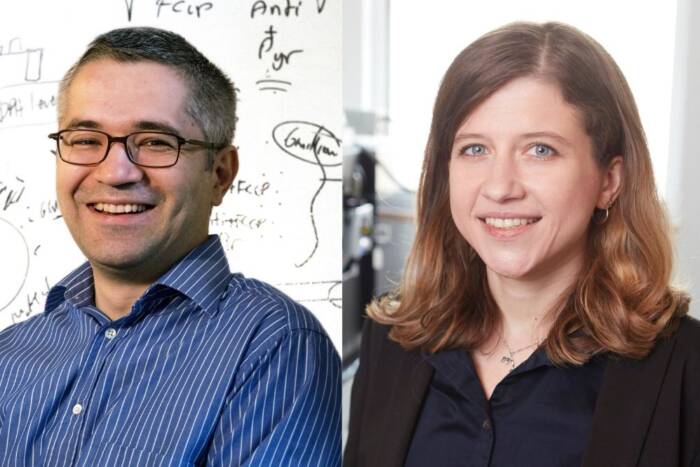Mutation leads to new and severe form of bacterial disease
Fighting an illness is not just about fighting the bacteria or viruses that cause it, it also has to do with your genes. In new research from Rockefeller University and the Necker Medical School in Paris, scientists have identified a gene mutation that makes children susceptible to a severe form of mycobacterial disease, any disease caused by species of Mycobacterium such as tuberculosis and leprosy. The mutation represents a new layer of disease severity in children who lack a vital disease-fighting component from their immune system.
Led by Jean-Laurent Casanova, head of the Laboratory of Human Genetics of Infectious Diseases, the work lends further support not only to the controversial idea that an error in a single gene is enough to dramatically alter an individual’s risk for bacterial disease, but also to the notion that humans have sets of genes that are pathogen-specific.
“It’s incredible,” says Stephanie Boisson-Dupuis, a research associate in the lab. “In the past 10 years, the way that we think about the genetics of infectious disease has been redefined. Instead of just targeting the bacteria, we can now also target the immune system, and try to patch the holes that allow the bacteria to slip through.”
The mutation disrupts a gene known as IFN-γR1, which is charged with making a receptor for interferon γ, a molecule that directs immune cells to organize an attack. When the receptor is absent or rejects the molecule, it disrupts an immune system pathway that specifically targets mycobacteria.
Across 32 countries, 33 different mutations on IFN-γR1 have been identified in 118 patients, who have either a complete or partial deficiency of IFN-γR1 and are severely susceptible to mycobacterial disease. Casanova’s team reports on a new form of partial IFN-γR1 deficiency with particularly severe consequences. “The severity of the disease depends on the severity of the deficiency,” says Boisson-Dupuis. “In this case, the deficiency is almost as severe as complete deficiency, leading to a dramatic increase in the severity of the mycobacterial disease.”
Casanova, Boisson-Dupuis and postdoc Xiao-Fei Kong discovered the mutation in a young patient who had developed mycobacterial disease after receiving the BCG vaccine for tuberculosis. Suspecting that IFN-γR1 was involved, the team began sequencing the gene not only in the patient, but in her healthy parents and sibling. The tests revealed that each parent had one copy of the mutation located on a stretch of DNA where transcription begins — the initiation codon. But the patient inherited both copies of the gene, severely compromising her immune system’s response to mycobacteria.
Further investigation pointed to a never before known transcriptional mechanism of the immune system pathway. Because the mutation affects the first methionine (thus, the translation of the initiation codon) the team did not expect to see the interferon γ receptor expressed, but they did, albeit in dramatically reduced amounts on manipulated cells from the patient, suggesting that there was a second stretch of DNA from which the receptor could be transcribed. But that wasn’t the only surprise. Some cells translate and express the receptor while others do not, even though all cells have the same mutation.
“It is the first time we have seen such a finding for this immune system pathway,” says Boisson-Dupuis. “Understanding the basis of this finding should make it possible to devise ways to make the immune system succeed so that perhaps one day, a genetic legacy will no longer write a family’s history.”
 (opens in new window) (opens in new window) |
Human Molecular Genetics online: November 16, 2009 A novel form of cell type-specific partial IFN-γR1 deficiency caused by a germ line mutation of the IFNGR1 initiation codon(opens in new window) Xiao-Fei Kong, Guillaume Vogt, Ariane Chapgier, Christophe Lamaze, Jacinta Bustamante, Carolina Prando, Anny Fortin, Anne Puel, Jacqueline Feinberg, Xin-Xin Zhang, Pauline Gonnord, Ulla M. Pihkala-Saarinen, Mikko Arola, Petra Moilanen, Laurent Abel, Matti Korppi, Stephanie Boisson-Dupuis and Jean-Laurent Casanova |


